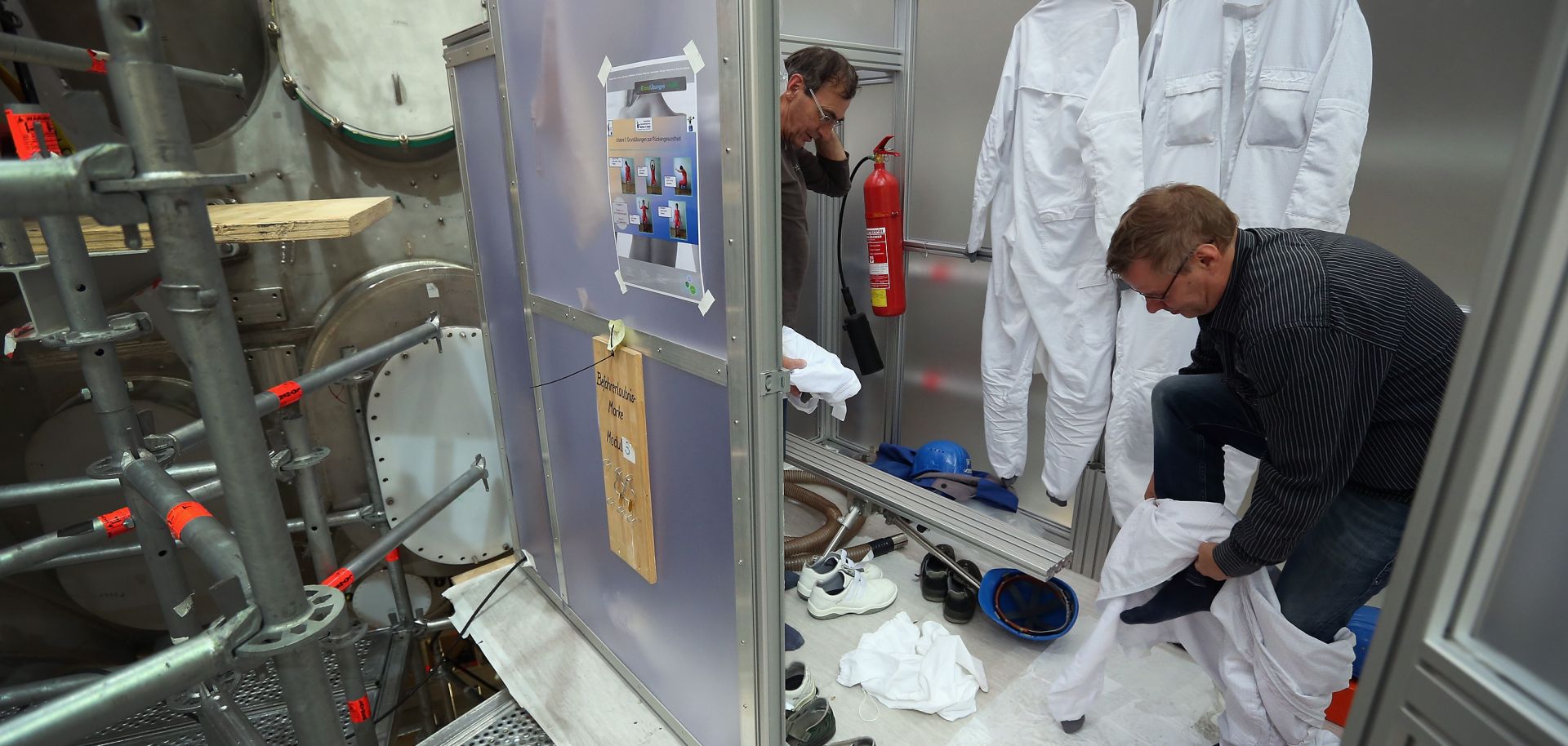
The field of quantum mechanics arose from German physicist Max Planck's attempts to describe the spectrum of light emitted by hot bodies. Specifically, he wondered what accounted for the shift in color from red to yellow to blue as the temperature of a flame increased. Planck devised an equation explaining what he had observed, based on the assumption that matter behaved differently at the atomic and subatomic levels.
Though even the great German physicist questioned this assumption, his research kicked off 30 years of scientific inquiry that yielded the theories and discoveries that form the basis of today's understanding of physics and chemistry. Albert Einstein introduced one of quantum mechanics' most famous and perplexing concepts just five years or so after Planck devised his equation, extending the latter's assumption by asserting that a quantum of light, or a photon, behaves as both a wave and a particle. This duality, along with the many other dualities embedded in quantum mechanics, became the bedrock of the field.
Today, scientists still debate how to interpret quantum mechanics. Perhaps the most widely held approach is called the Copenhagen interpretation, which holds that every quantum particle, known as a "cat," exists in all of its possible states at once until it is measured; only when it is observed does the particle exist in one state. This concept has become known as the principle of superposition.
Quantum computers, or computers based on the principles of quantum mechanics, stand to exponentially increase computing power within the next two decades. Now, the widespread use of quantum computers in industry is likely only a decade or two away. Such devices will be far more powerful than even the most powerful supercomputers seen today, carrying significant implications for national security, cyberwarfare and intelligence operations, among many other things. Just how powerful quantum computers can be — and how their adoption could lead to another revolution in computer-related technologies — becomes clear when we consider their computing power. Using a quantum computer to solve a problem can loosely be thought of as trying all possible solutions at once, whereas using a classical solution would mean trying them in sequential order. The expansion in computing power gained by incorporating quantum mechanics principles into computing could prove to be as revolutionary to computer science as research in physics and electromagnetism has proved to modern electronics.
However, the development and possible commercialization of a more practical and universal quantum computer remains a distant goal, even though companies such as Google are aiming for it now. The adoption of single-task (and later, universal) quantum computers will be linear rather than exponential, and some industries will adopt them more quickly than others. But just as oil supermajors will use their powers of simulation to unlock more oil reserves, the countries and companies that are the first to access quantum computers will enjoy a powerful advantage over their competitors in areas that can make use of the technology.


